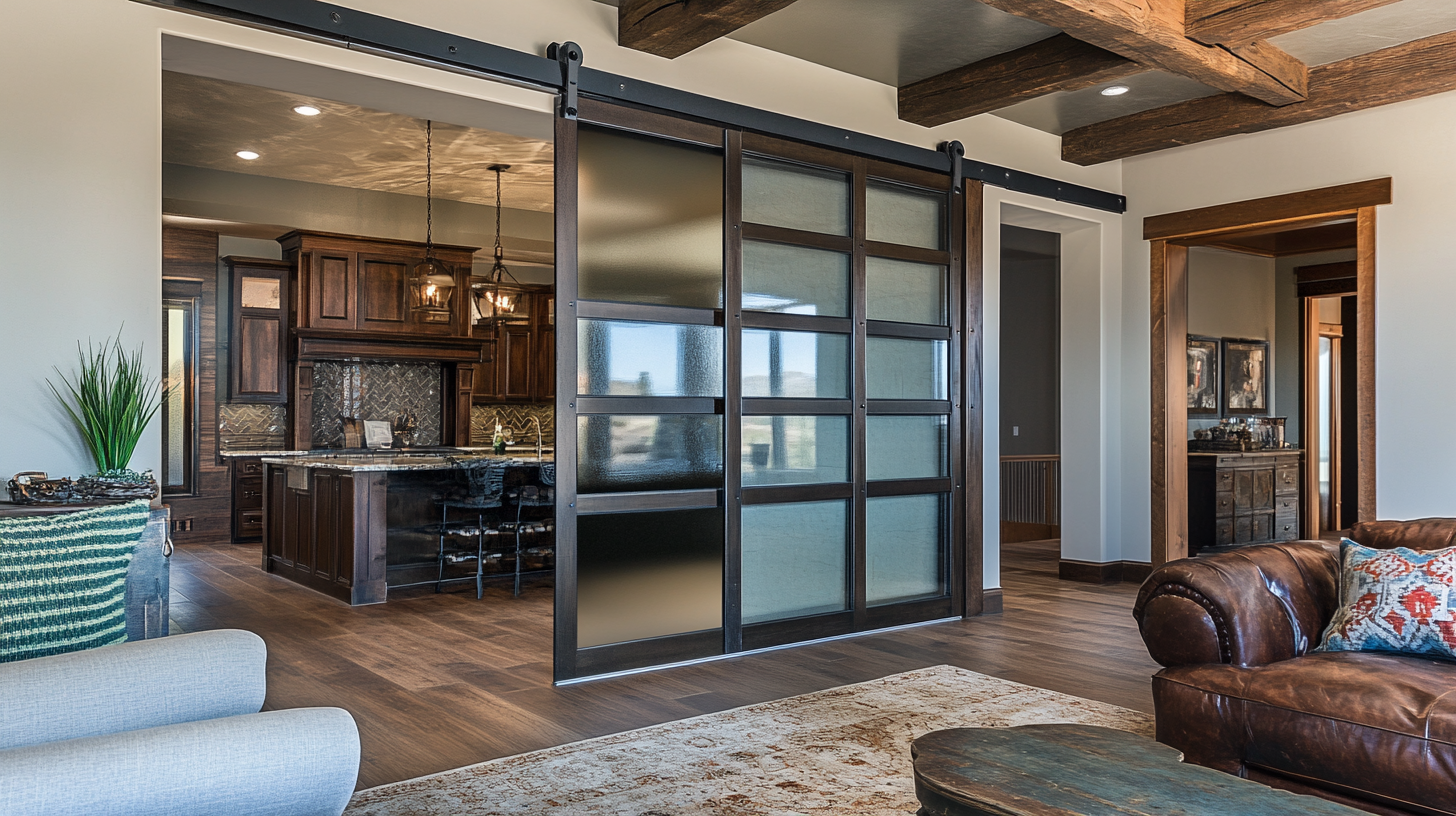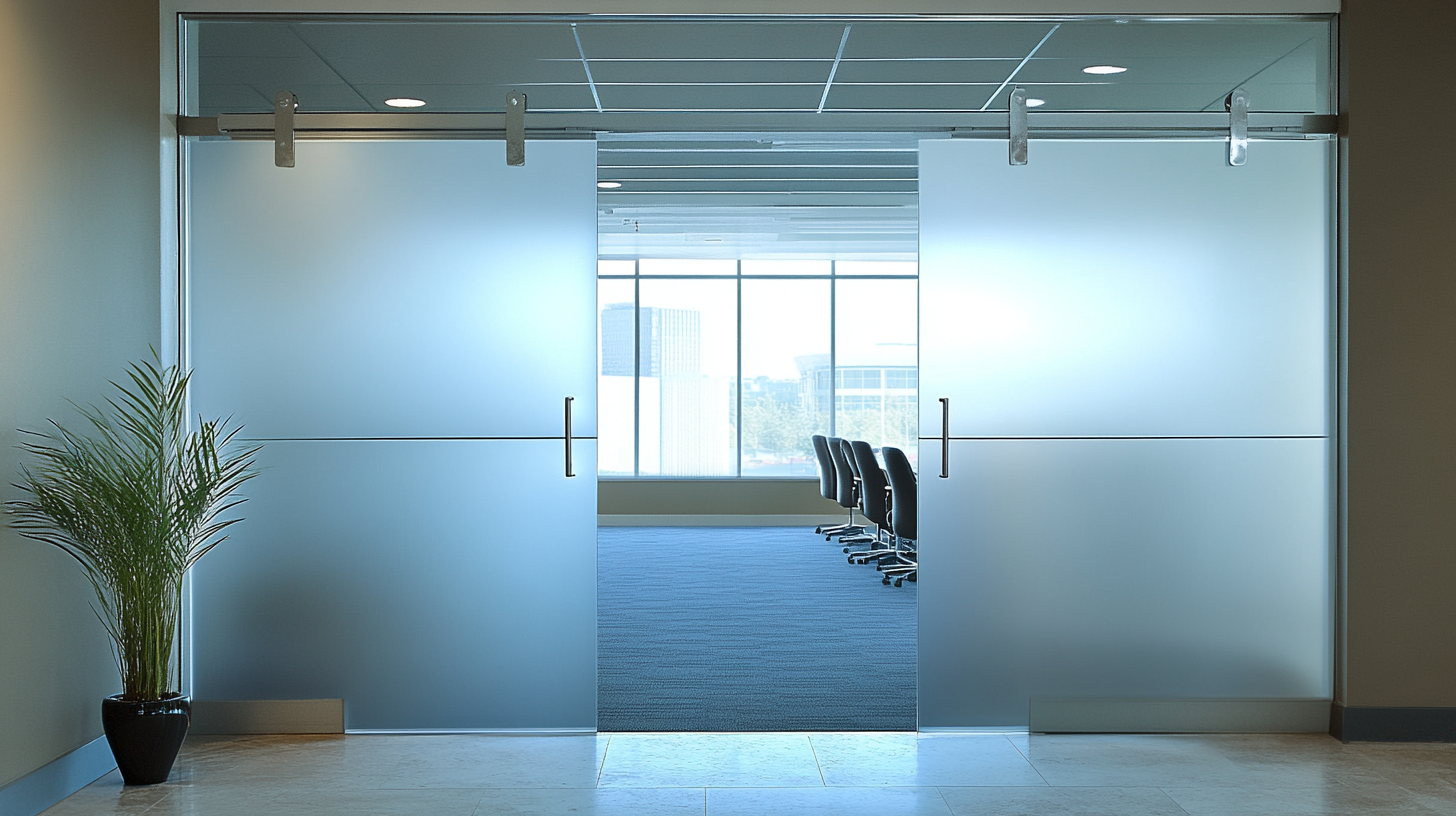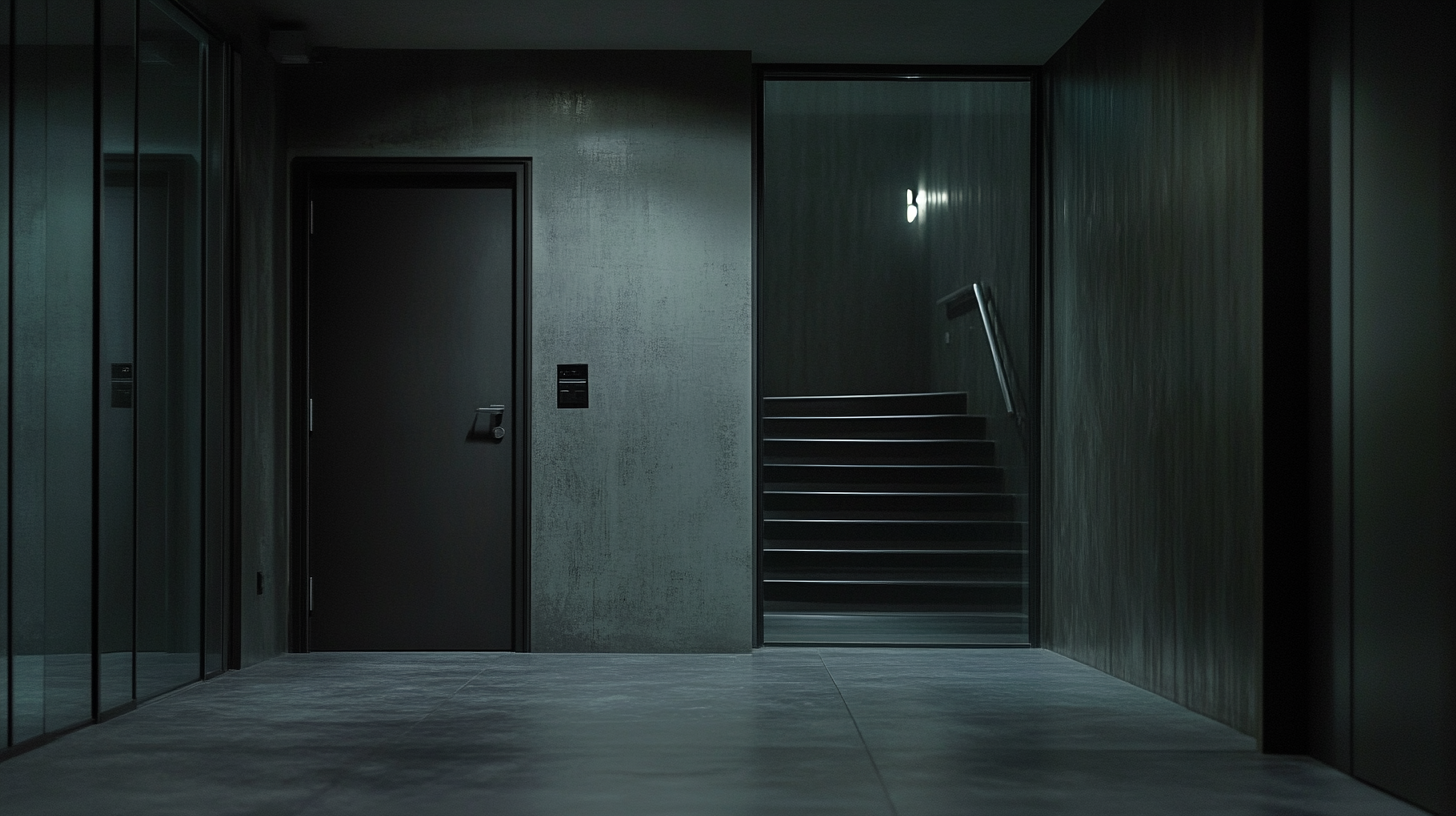Innovative Solutions for Your Sliding Door Glass Replacement Needs
As homeowners increasingly prioritize aesthetics and functionality in their living spaces, the demand for quality Sliding Door Glass Replacement services has surged. According to the National Association of Home Builders, nearly 70% of homeowners consider upgrades to sliding doors as key elements of enhancing energy efficiency and improving accessibility. Furthermore, a recent market report by Allied Market Research indicates that the global market for glass door replacements is projected to reach $3.8 billion by 2026, with a compound annual growth rate of 6.2%. This growing trend underscores the importance of innovative solutions that cater to diverse styles, materials, and energy performance standards. In this blog, we will explore various approaches and cutting-edge technologies available for Sliding Door Glass Replacement, aimed at maximizing both beauty and efficiency in your home.

Understanding the Importance of Quality Sliding Door Glass for Home Safety
When it comes to home safety, the quality of sliding door glass cannot be overstated. According to a report by the U.S. Bureau of Home Safety, nearly 30% of burglaries occur through unlocked or compromised sliding doors. This statistic highlights the critical role that quality glass plays in ensuring the security of your home. High-quality tempered glass is more resistant to breakage and provides a substantial barrier against intruders, making it a crucial investment for homeowners looking to enhance their safety.
When considering glass replacement, it is essential to pay attention to the thickness and type of glass being used. Investing in double-pane glass can significantly improve insulation while also providing added security. A report by the Glass Association of North America indicates that homes with insulated glass are not only safer but also more energy-efficient, leading to savings on utility bills.
**Tips:** Always choose laminated or tempered glass for sliding doors for enhanced protection. Additionally, consider installing locking mechanisms that are harder to breach and maintain regular inspections of the seals around your glass doors to prevent any vulnerabilities. By prioritizing quality sliding door glass, homeowners can enjoy peace of mind knowing their living spaces are better protected.
Sliding Door Glass Replacement Needs
Trends in Energy-Efficient Glass Options for Sliding Doors
When it comes to sliding door glass replacement, choosing energy-efficient options is becoming increasingly important for homeowners. The latest trends highlight innovative glass technologies that not only enhance insulation but also reduce energy consumption. Low-emissivity (Low-E) glass, for example, reflects heat in the summer and retains warmth during the winter, making it an excellent choice for maintaining comfortable indoor temperatures year-round.
Tips for selecting the right energy-efficient glass include looking for double or triple-pane glass units that provide superior thermal performance. Additionally, consider coatings that minimize UV rays to protect your interior furnishings while still allowing natural light to flood your space. A well-insulated frame is just as crucial; ensure that your sliding door is equipped with a frame made from materials that resist thermal transfer.
Incorporating these energy-efficient glass solutions not only contributes to a greener environment but also leads to long-term savings on energy bills. By staying informed on the latest advancements in sliding door technology, you can make smart choices that enhance both the functionality and aesthetic appeal of your home.
Trends in Energy-Efficient Glass Options for Sliding Doors
This bar chart illustrates the increasing trends in the adoption of energy-efficient glass options for sliding door replacements over the past five years. As sustainability becomes a priority, homeowners are choosing glass technologies that enhance energy efficiency, thereby reducing utility costs and promoting environmental conservation.
Cost Analysis: DIY vs. Professional Sliding Door Glass Replacement
When considering a sliding door glass replacement, homeowners often face the dilemma of choosing between a do-it-yourself (DIY) approach or hiring a professional. While DIY can save money upfront, it’s essential to evaluate the hidden costs that might arise from your inexperience. For example, purchasing all the necessary tools and materials can quickly add up, as can any potential repairs from mistakes made during installation. On average, hiring a professional can range from $300 to $800 depending on the complexity of the job and the type of glass required.
Tips for a successful DIY replacement include measuring your sliding door precisely to ensure a snug fit, purchasing tempered safety glass to enhance durability, and watching detailed video tutorials from trusted sources. This preparation can minimize errors and maximize the quality of your work. Alternatively, if you opt for professional installation, ask for estimates from multiple contractors to avoid overpaying. Ensure that they are licensed and insured to protect yourself from any liabilities. Choosing the right path for sliding door glass replacement ultimately depends on your budget, skill level, and desired results.

Top Innovations in Sliding Door Glass Technology for Enhanced Durability
Sliding door glass technology has seen significant advancements in recent years, primarily focusing on enhancing durability and energy efficiency. According to a report by the National Glass Association, modern tempered glass used in sliding doors can withstand extreme weather conditions, with impact resistance increased by up to 90% compared to traditional glass options. This robust solution not only improves safety but also significantly decreases maintenance costs associated with repairs and replacements.
Another noteworthy innovation is the integration of Low-E (low-emissivity) coatings on sliding door glass. Research published by the Department of Energy indicates that these coatings can reflect heat while allowing natural light to enter, leading to a potential reduction in heating and cooling costs by as much as 30%. This energy-efficient technology promotes sustainability while ensuring homeowners enjoy a comfortable indoor environment, making it a valuable consideration for those looking to replace their sliding door glass. As these innovations continue to evolve, they promise to redefine the standards of durability and energy efficiency in modern architecture.

Choosing the Right Glass Thickness: Industry Standards and Recommendations
When it comes to sliding door glass replacement, choosing the right glass thickness is crucial for both safety and functionality. According to the Glass Association of North America, the standard thickness for residential sliding door glass ranges from 1/4 inch (6 mm) to 1/2 inch (12 mm). This variation allows homeowners to select glass that balances durability with aesthetics, ensuring that their sliding doors can withstand external pressures while maintaining a sleek appearance.
Industry standards recommend that for doors exposed to high wind loads or in hurricane-prone areas, thicker glass—specifically 1/2 inch—is advisable. A study by the American Society for Testing and Materials (ASTM) indicates that thicker glass not only increases safety by reducing the likelihood of breakage but also enhances thermal insulation properties, leading to improved energy efficiency. Additionally, tempered glass is often used for sliding doors due to its increased strength and resistance to thermal stress, making it a popular choice among homeowners looking to upgrade their glass doors. By understanding these industry standards and recommendations, you can make an informed decision that fits your specific needs and enhances the overall value of your home.
Innovative Solutions for Your Sliding Door Glass Replacement Needs - Choosing the Right Glass Thickness: Industry Standards and Recommendations
| Glass Thickness (mm) | Recommended Use | Industry Standards | Benefits |
|---|---|---|---|
| 6 | Interior Residential | ANSI Z97.1 | Lightweight, Easy to Handle |
| 8 | Standard Sliding Doors | ASTM C1036 | Moderate Strength, Affordable |
| 10 | Commercial Applications | ANSI Z97.1, ASTM C1048 | Enhanced Durability, Improved Safety |
| 12 | Security Doors | ASTM C1172 | High Impact Resistance, Superior Security |
| 15 | Oversized Doors | ANSI Z97.1, ASTM C1036 | Optimized for Large Openings, Aesthetic Appeal |
